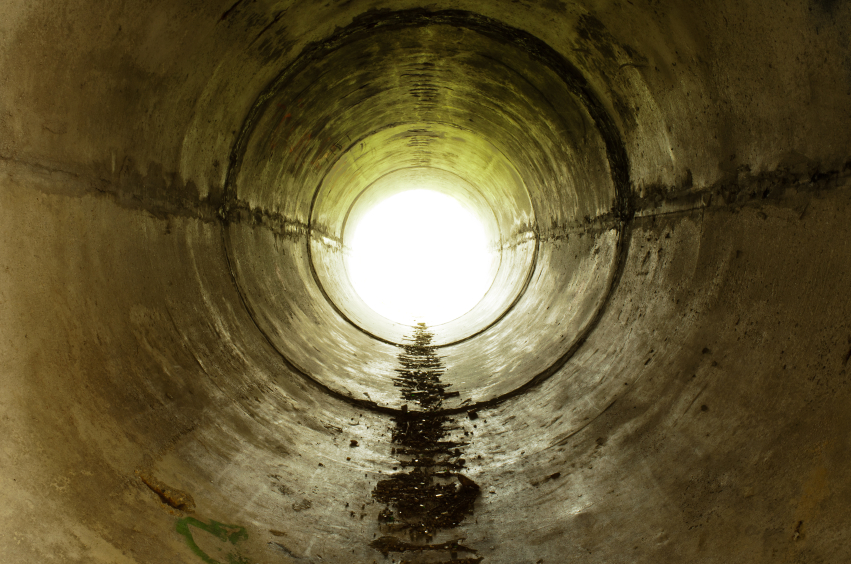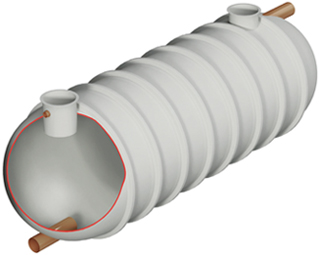
Culverts allow water to flow underneath obstructions such as roads or railways. They are a critical piece of structural engineering work and require regular cleaning and maintenance to operate at their best. This article will answer your frequently asked questions about culverts, including what they are, how they work and why cleaning and maintaining them is critical.
What Is a Culvert?
A culvert is a tunnel that allows water to flow beneath a structure. Culverts are typically located below roads, railways or trails. Culverts allow roads, railways and other structures to be built through bodies of water without disrupting the water’s natural flow.
What Do Culverts Do?
A culvert has two main jobs:
- It must hold the weight of the structure above and all the people/vehicles that will be travelling over it.
- It must allow enough water to flow through it so the water doesn’t overtop onto the structure above.
What Do Culverts Look Like?
Culverts typically look like bridges with cylindrical tunnels partly submerged in water. However, there are various different types of culvert.
What Are the Different Types of Culvert?
Culverts come in different shapes and sizes. The different types of culvert include:
- Pipe culvert (single or multiple)
- Pipe-Arch culvert (single or multiple)
- Box culvert (single or multiple)
- Arch culvert
- Bridge culvert
- Metal box culvert
What Are the Benefits of Regular Cleaning/Maintenance?
Culvert cleaning and maintenance is essential for preventing issues that could risk the safety of those on the structure above.
- Eliminates obstructions — culverts can easily become blocked by objects that have found their way into the water. A blockage can limit the amount of water that passes through the culvert, potentially causing the water to overtop onto the structure above. Cleaning the culvert will ensure the water flows correctly.
- Protects from collapse — sediments and other abrasives can erode the culvert over time. If not properly maintained, the culvert may lose its structural integrity and collapse. Professional maintenance will ensure that eroded spots are strengthened.
- Prevents toxic gases — waste that finds its way into the culvert can emanate toxic gases which could fester and build up over time. Eventually, these gases can become so toxic that the culverts are dangerous for anyone to enter, making it extremely difficult to clean. Regular maintenance and cleaning will prevent this from happening.
What Does Culvert Cleaning Include?
Culvert cleaning and maintenance is composed of various procedures for comprehensive culvert care. These include:
- Culvert surveys
- Silt removal
- Lining & patch repairs
- Leak sealing
- Vegetation & root cutting
- Structural brickwork repairs
- Concrete repairs
For the best results, we recommend using professional wastewater engineers to clean and maintain your culverts. If you’re in Stoke-On-Trent, Staffordshire, or the rest of the UK, get in touch with the Wildon UK team. We have over 20 years’ experience in the industry and provide a full range of culvert cleaning and maintenance services.
With specialist equipment and a 24-hour emergency call-out service, we’ll be there day or night to ensure your culvert is functioning correctly. Get in touch with our team to find out more.










